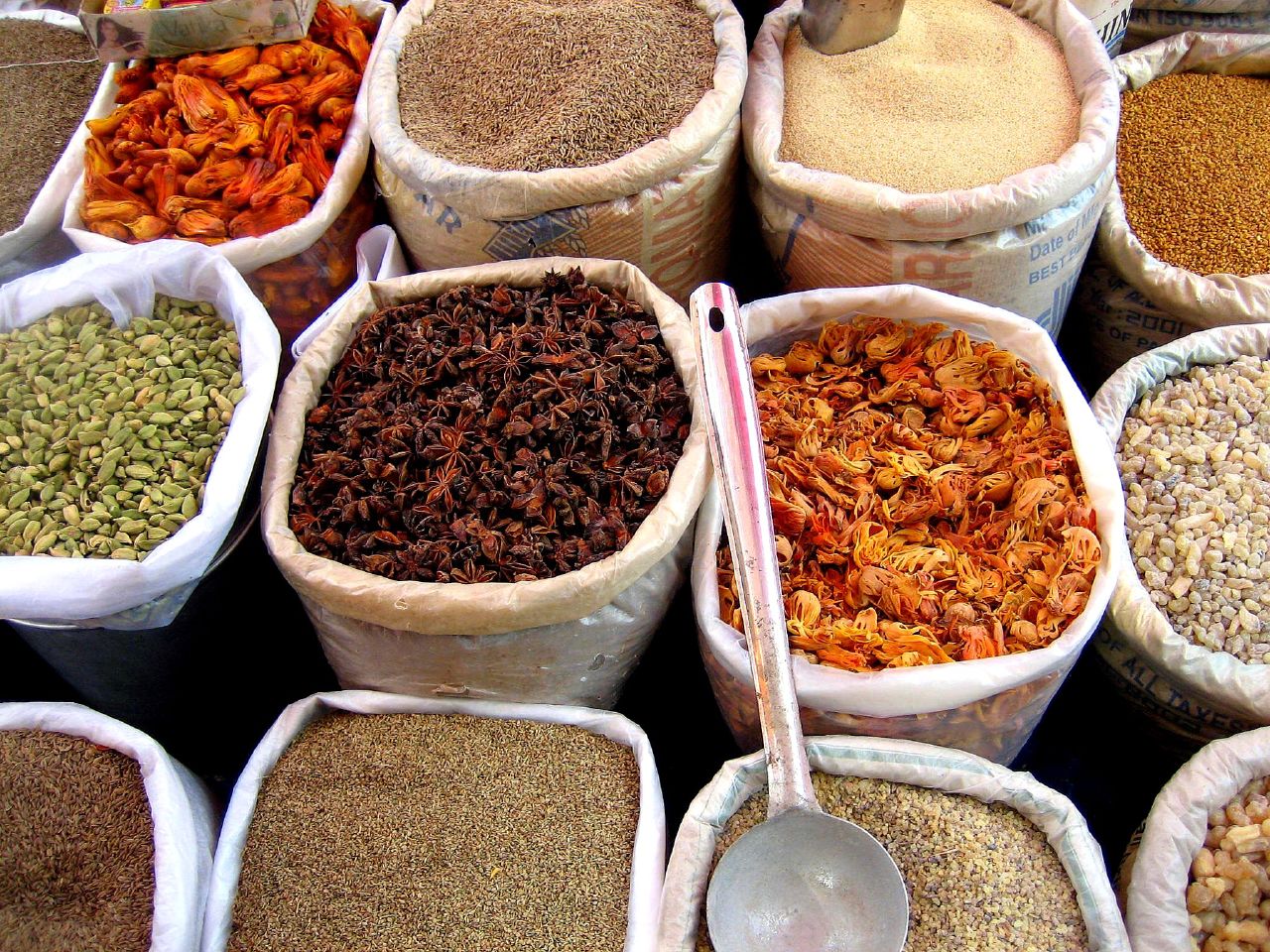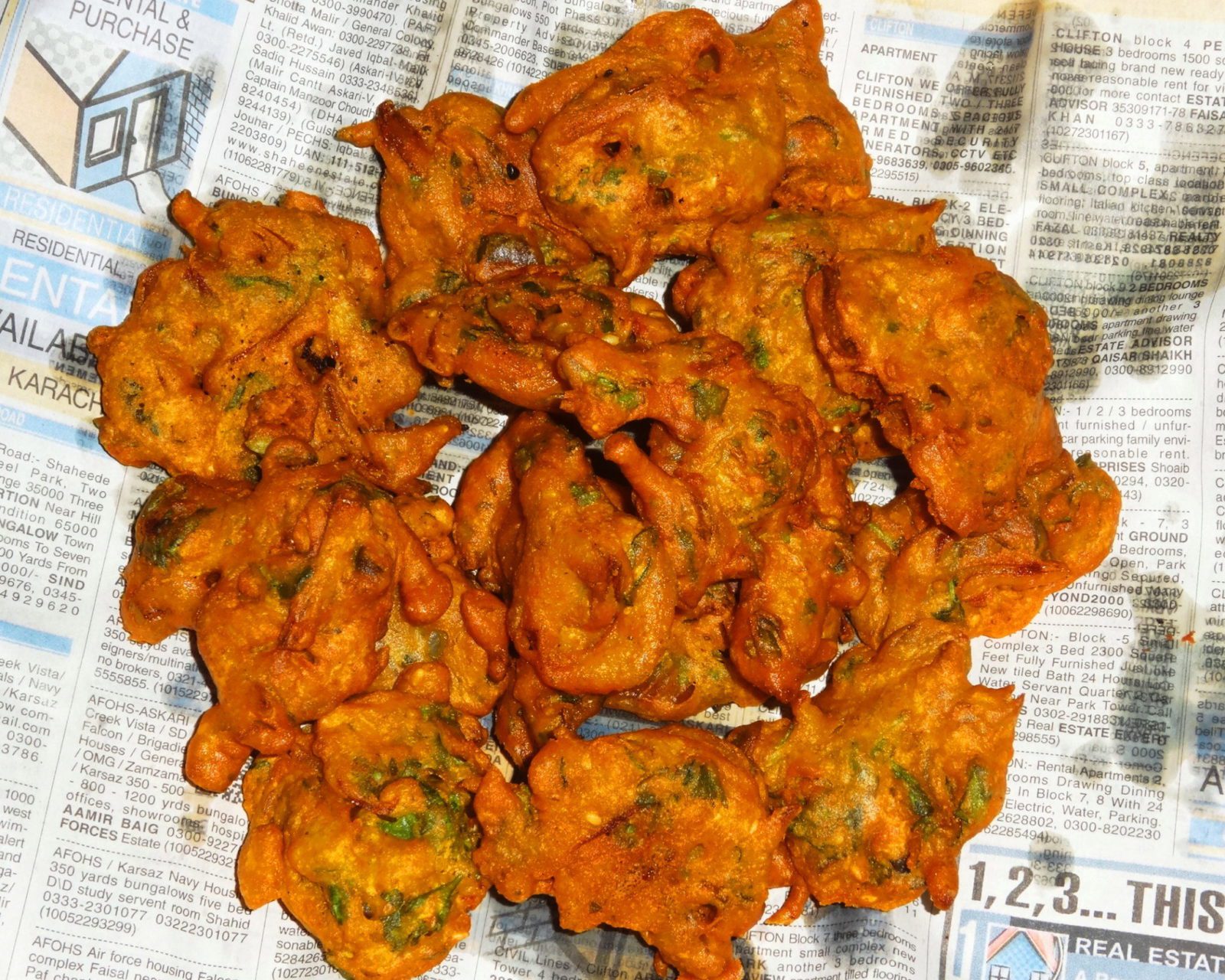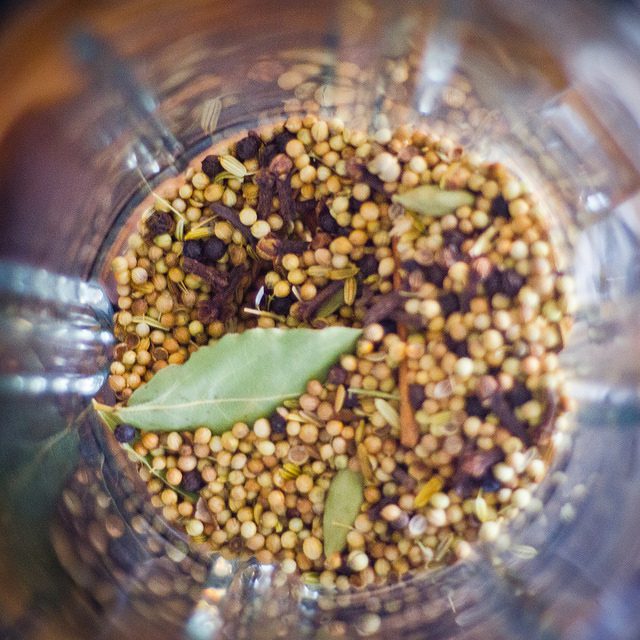As it's National Curry Week, why not make your own by following these top tips?
This thick, full fat natural yogurt is excellent at adding texture and creaminess to curries and is a far healthier alternative to cream.

Picture: judepics Flickr/Wikicomms
There seem to be a million spices for you to choose from so it’s easy to get confused. The best way to start experimenting with Indian cookery is to pick a simple recipe that uses two to three spices and grow your spice collection from there.
Make batches and freeze minced garlic and ginger in ice cube trays, then push them out and ziplock them into bags ready for curries. That'll save a whole lot of time when you're cooking next.
Adding a few drops of oil to the rice before cooking will prevent it from becoming sticky.
Less can be more! Adding too much spice can make a dish bitter.
Covering the dish while cooking not only conserves fuel but also hastens the cooking process using built-up steam.

Picture: Miansari66/Wikicomms
To make crispier bajjis (pakoras) add a little cornflour or rice flour to the gram flour while making the bajji batter. Also add some hot oil to the batter.
As you cook with Indian recipes more and more, you'll get familiar with the process of toasting spices until they pop, knowing which spices go together most frequently and how to combine ingredients for a final delicious meal.

Picture: erik forsberg/Flickr
Curry powder is not garam masala and is never used in India. Curry powder is not as flavourful and has turmeric and other additions. It is a British or Western spice blend approximating the masala spice blends from North and South India. Use garam masala spice blend or the spices mentioned above in Indian recipes.
If the curry is too salty, adding a small amount of sugar will help balance the flavour but only work when your curry is slightly too salty, not overly so. If you are trying to counteract a heavily salted dish with sugar you will end up making the curry too sweet and inedible.
• Ashok Ram recently won Curry Chef of The Year at The Scottish Curry Awards and is the head chef of The Radhuni in Loanhead in Midlothian